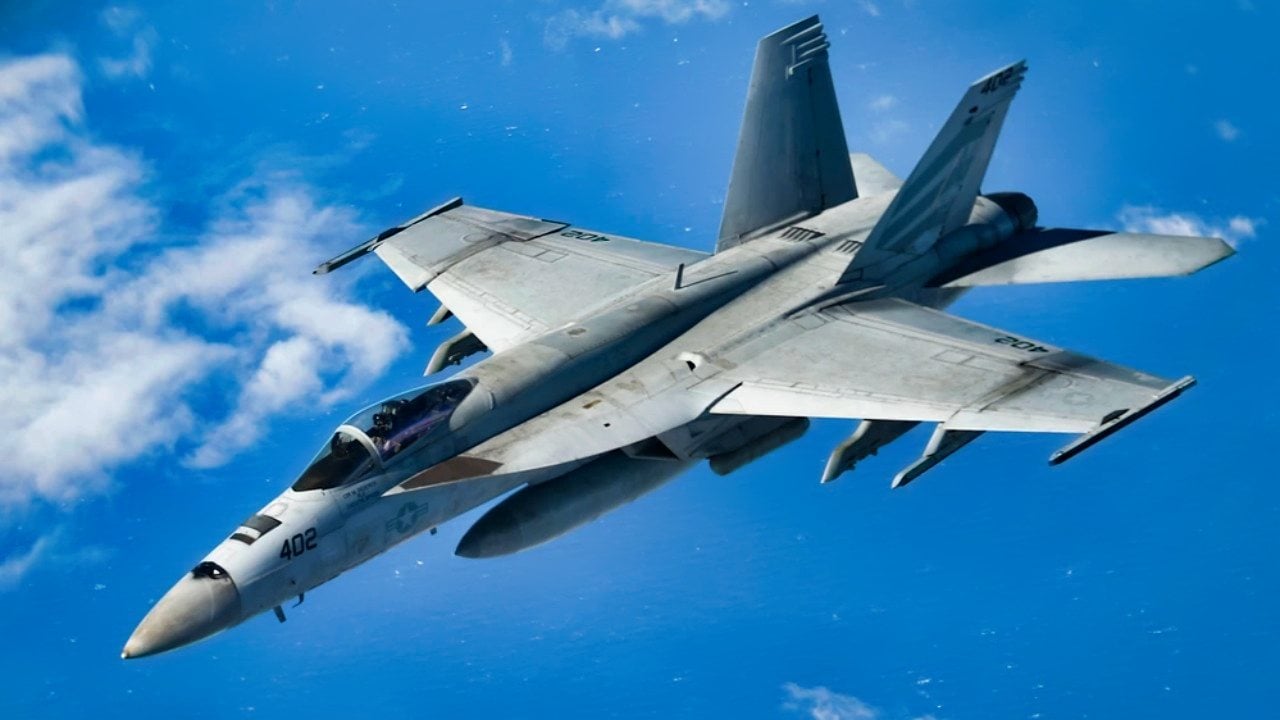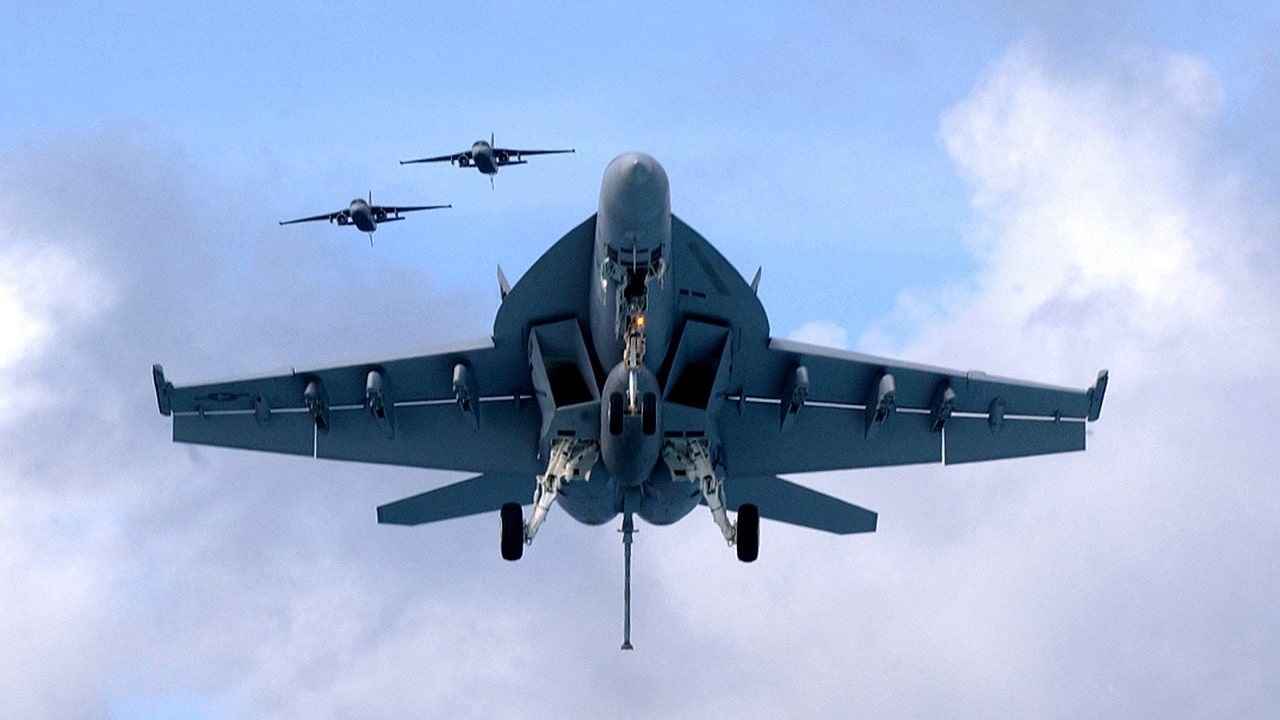SM-6: The U.S. Navy Missile Now Ready for War on F/A-18 Super Hornets
The U.S. Navy is preparing for potential conflict with China in the Indo-Pacific, investing in advanced weapon systems like the AIM-174 (SM-6) air-launched missile.
Summary and Key Points: The U.S. Navy is preparing for potential conflict with China in the Indo-Pacific, investing in advanced weapon systems like the AIM-174 (SM-6) air-launched missile.

-Recently deployed during Exercise Rim of the Pacific (RIMPAC) 2024, the AIM-174 boasts a range of approximately 300 miles, speeds of Mach 3.5, and the ability to hit targets at altitudes up to 110,000 feet. This missile enhances the Navy's air combat capabilities and deters Chinese anti-access/area denial (A2/AD) strategies.
-Already combat-tested in operations against the Houthis, the AIM-174 represents a significant leap in maintaining U.S. naval superiority in the region.
U.S. Navy Deploys AIM-174 Missile in RIMPAC 2024 to Counter China
The U.S. Navy is getting ready for a fight with China in the Indo-Pacific. In doing so, the Navy is investing money and time in new weapon systems that will give it an advantage over its Chinese adversary.
The latest weapon system to come into service is the AIM-174 (or SM-6) air-launched missile that has the potential to revolutionize air combat and greatly increase the deterrence of the Navy.
The Longest Air-to-Air Missile?
As we speak, dozens of warships, hundreds of combat aircraft, and thousands of troops are toiling under the hot Pacific sun in Exercise Rim of the Pacific (RIMPAC) 2024, the largest international maritime exercise in the world.
A photo released by Navy public affairs officers showed an F/A-18 Super Hornet fighter jet participating in RIMPAC 24 carrying an SM-6—to be designated AIM-174—air-launched missile. The SM-6 is already in service with the Navy as a surface-to-air missile that can be fired by surface combatants. In addition to air defense, the SM-6 can take out incoming ballistic missiles, as well as hit enemy warships.
Now, after years of developments, it now looks like the Navy has finally succeeded in putting the SM-6 on a fighter jet, vastly improving the capabilities of its air wings and its overall deterrence capabilities.
According to statements made by Navy officials to Naval News, the AIM-174 was deployed operationally, suggesting that the munition is ready for action. In previous years, there had been occasional sightings of SM-6 missiles on aircraft or on the ground, but those were just the initial steps in testing the feasibility of pairing the munition with fighter jets and other combat aircraft.
The AIM-174 has a maximum range of approximately 300 miles, can travel at speeds of Mach 3.5 (almost 2,700 miles per hour), and can hit targets flying as high as 110,000 feet. These capabilities immediately make the AIM-174 a most impressive munition that could even determine the course of a potential conflict in the Indo-Pacific area of operations.
The SM-6 missile is combat tested and recently showed its capabilities in the Red Sea and the Gulf of Aden in the operation against the Houthis. In December, the USS Laboon guided-missile destroyer fired several SM-6 missiles and shot down three anti-ship ballistic missiles fired by the Houthi rebels. Then, in January, the USS Carney guided-missile destroyer fired an SM-6 and shot down another anti-ship ballistic missile fired by the Houthis.
With the introduction of the AIM-174, the Navy is trying to counter China’s Anti-Access/Aerial Denial (A2/AD) systems that seek to restrict American aircraft carriers and prevent them from coming into action in a potential conflict. Aircraft carrying the AIM-174 would likely still be able to engage air and naval targets all the while the aircraft carriers they took off from remain outside the range of Chinese missiles.

All of a sudden, Taiwan might not be as exposed as many would think—or hope.
About the Author
Stavros Atlamazoglou is a seasoned defense journalist specializing in special operations and a Hellenic Army veteran (national service with the 575th Marine Battalion and Army HQ). He holds a BA from the Johns Hopkins University and an MA from the Johns Hopkins’ School of Advanced International Studies (SAIS). His work has been featured in Business Insider, Sandboxx, and SOFREP.
All images are Creative Commons and or Shutterstock.
From the Vault
The Russian Navy Is Dying in Ukraine
Russia's Last Battlecruiser Could End Up Just Like U.S. Navy Battleships


